Key Points
• The Job of Yeast: Sprinkling yeast into septic tanks can speed up the breakdown of starches and organic waste. This helps the septic system work better.
• The Yeast Argument: Experts are split on whether adding yeast to septic tanks is helpful since the bacteria that naturally live there usually handle waste just fine.
• Other Options: Although some folks go for yeast to take care of their septic systems, there are also tailor-made biological products out there that do the trick.
Contents
- 1 Key Points
- 2 Understanding Yeast in Septic Tanks
- 3 Characteristics and Functions of Yeast
- 4 Taxonomy and Biology of Yeast
- 5 Yeast’s Role in Breaking Down Waste
- 6 Historical Context of Yeast Use in Waste Management
- 7 How Yeast Helps Septic Tanks Work
- 8 Yeast vs. Other Septic Enhancers
- 9 Improving Organic Decomposition
- 10 Effects on Septic Tank pH and Health
- 11 How Yeast Affects Sludge Amount
- 12 Truths and Myths About Yeast in Septic Tanks
- 13 Managing Home Septic Systems with Yeast
- 14 Using Yeast in Big Waste Treatment Facilities
- 15 Future Research and Technology Developments
- 16 Understanding the Environmental Impact and Laws
- 17 Frequently Asked Questions (FAQ)
Understanding Yeast in Septic Tanks
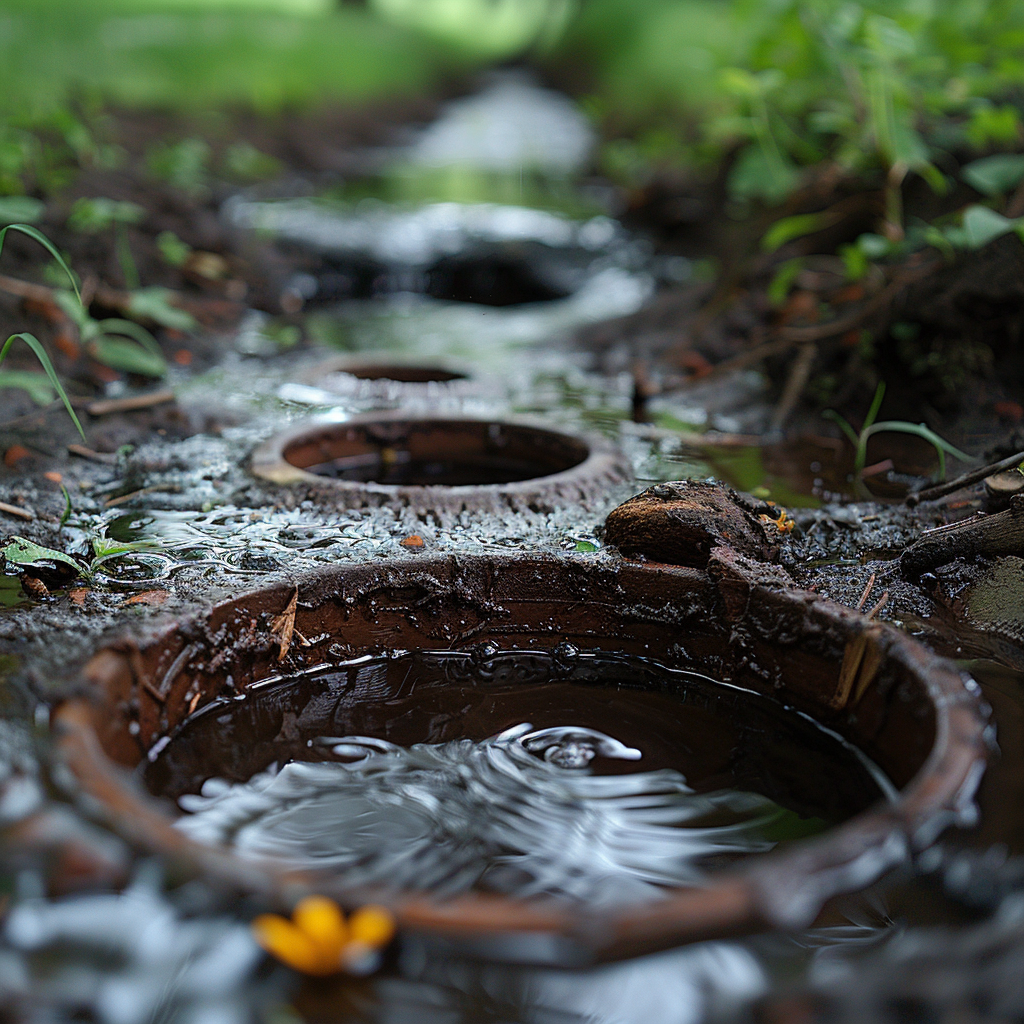
Yeast isn’t usually a key player in treating septic systems, but it does pitch in a bit. It can help out the bacteria by breaking down starches and other complex stuff in our waste. But keep in mind, yeast isn’t a magic fix or the main way to take care of your septic tank.
People don’t fully agree on whether tossing yeast in your septic tank is a good idea or if it could backfire. The most important thing is to keep the tank’s microbial mix balanced, so you don’t mess up how things naturally break down. That could make your septic system go haywire. If everything’s set up right and looked after well, you probably don’t need extra yeast, because the bacteria that’s already there should do the job just fine.
Characteristics and Functions of Yeast
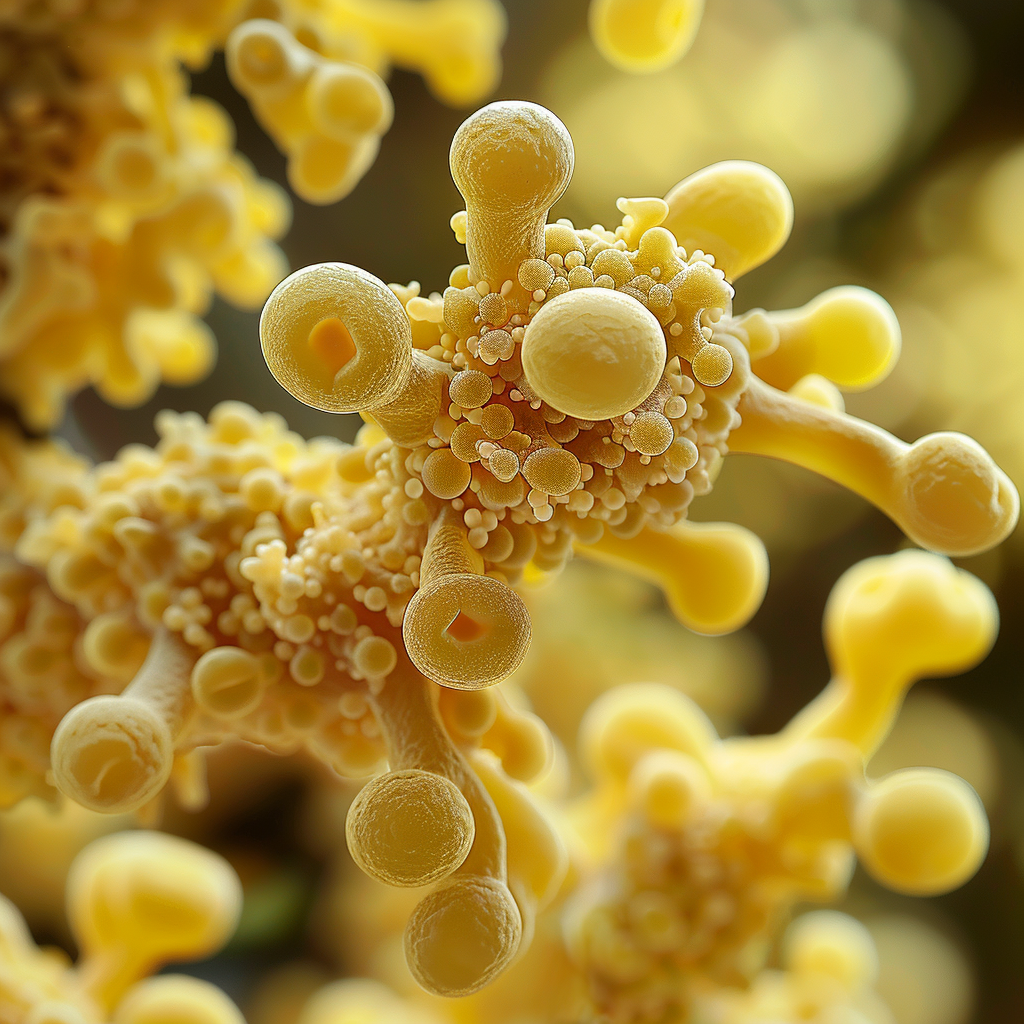
Yeast is an important single-celled fungus that has a huge impact on our lives, particularly in how we make food and deal with waste. These tiny fungi fall under the Saccharomycotina subphylum and can be oval or round in shape. They’re famous for fermenting sugar, which is essential for baking bread, brewing beer, and making wine. This fermentation process also helps break down organic waste. Yeasts are alive and multiply quickly by budding, which means a small new cell grows right off the main cell.
Taxonomy and Biology of Yeast

Yeasts are a type of fungus with a tricky classification because there are so many different types. Most of them, like the well-known Saccharomyces cerevisiae, belong to the Ascomycota group. They have eukaryotic cells—they’re designed with a nucleus and tiny organ-like structures called organelles wrapped up in membranes. Yeasts love to live where it’s soggy and sweet because they need those sugars to grow. They’re pretty important for the environment too; they munch on complex organic stuff and make it simpler.
Yeast’s Role in Breaking Down Waste
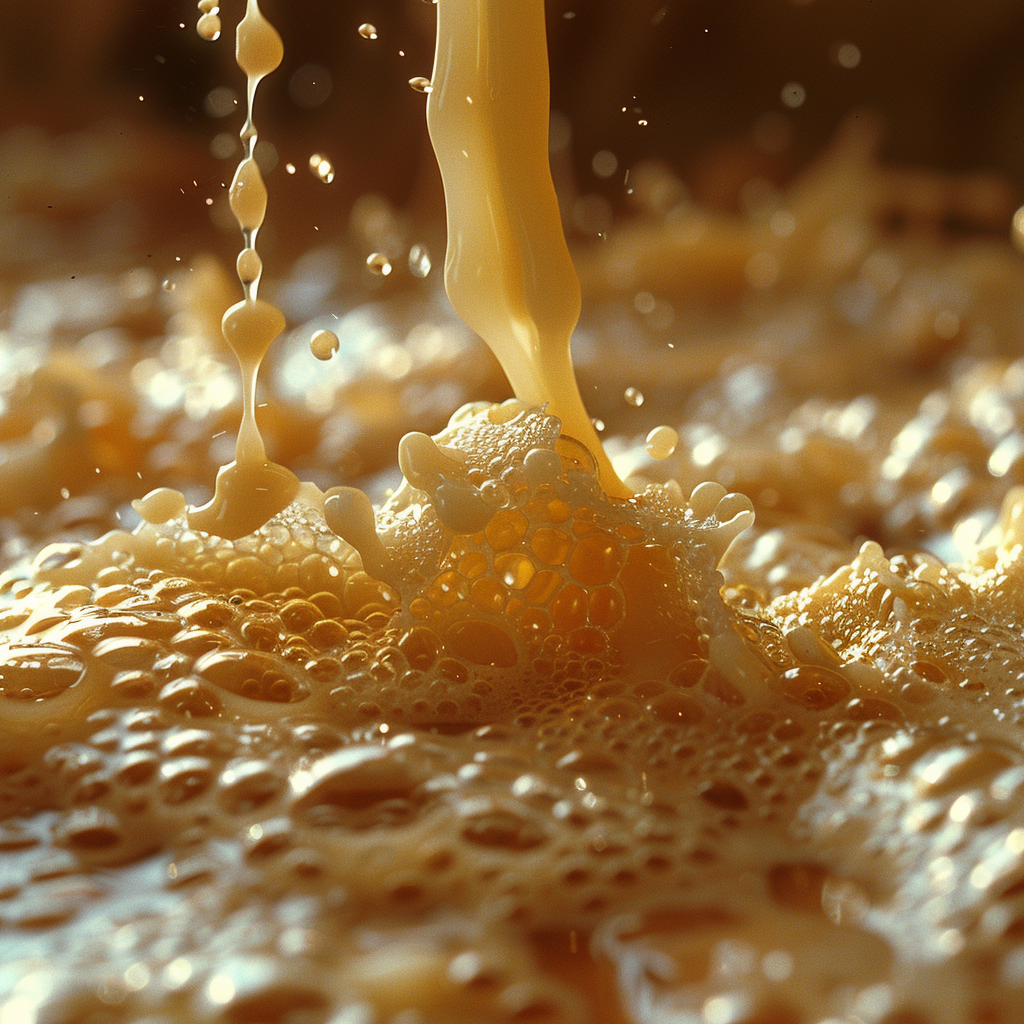
Yeast helps break down waste mostly through the enzymes it produces. These enzymes are like helpers that speed up the chemical reactions needed to break apart molecules in waste. In a septic tank, yeast enzymes work to break down complex organic pollutants into smaller pieces.
This breaking down process makes it easier for bacteria to continue decomposing the material. With yeast in the mix, your septic tank works more efficiently, meaning you won’t have to pump or maintain it as often.
A septic system that works well is key for clean living and the planet’s health. Yeast is really valuable in this system, helping digest the organic matter in your septic tank. This helps prevent too much build-up and cuts down on how often the tank has to be pumped out.
Historical Context of Yeast Use in Waste Management
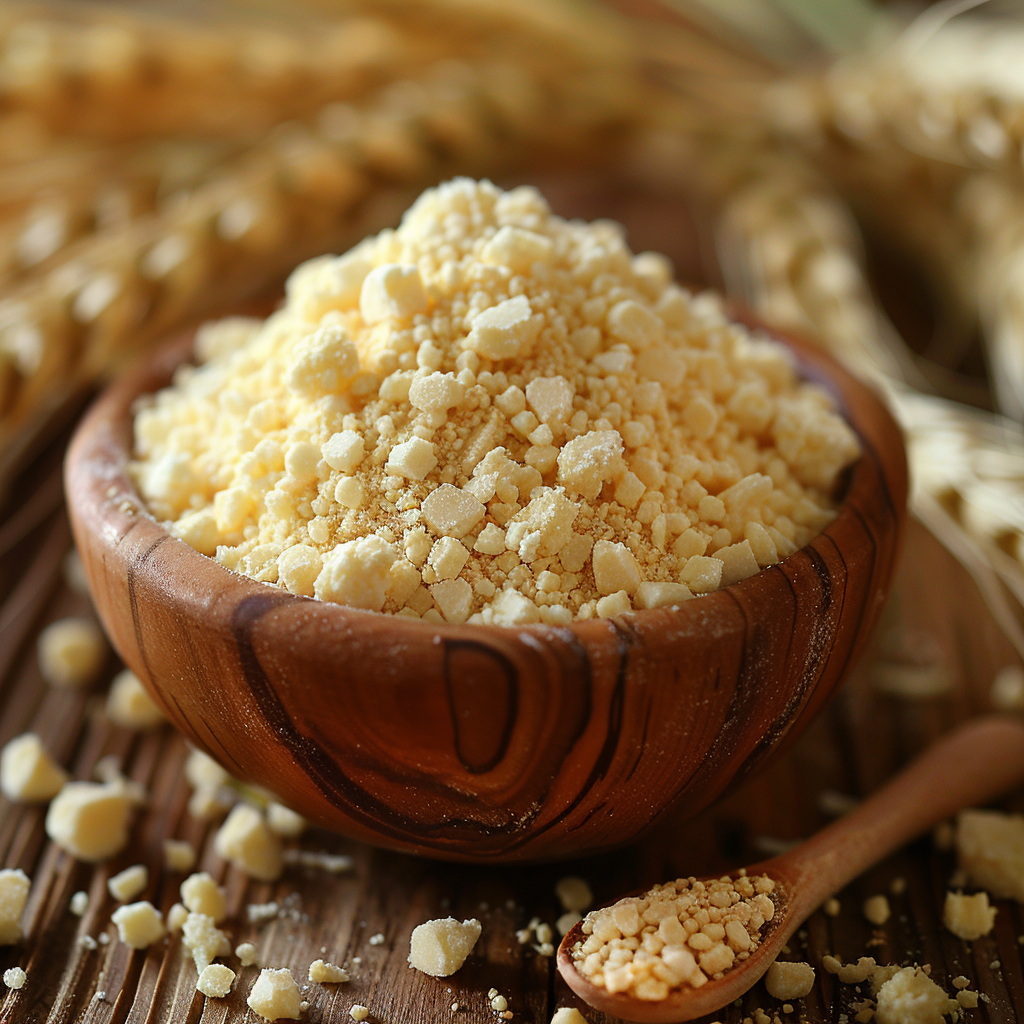
Back in the day, folks didn’t really see how useful yeast could be in dealing with trash. But as time went on, it got pretty clear that these tiny organisms are actually pros at breaking down stuff that was once alive. So, people began to catch on and mix yeast into their methods of handling waste, throwing it into septic tanks at home a lot more.
How Yeast Helps Septic Tanks Work
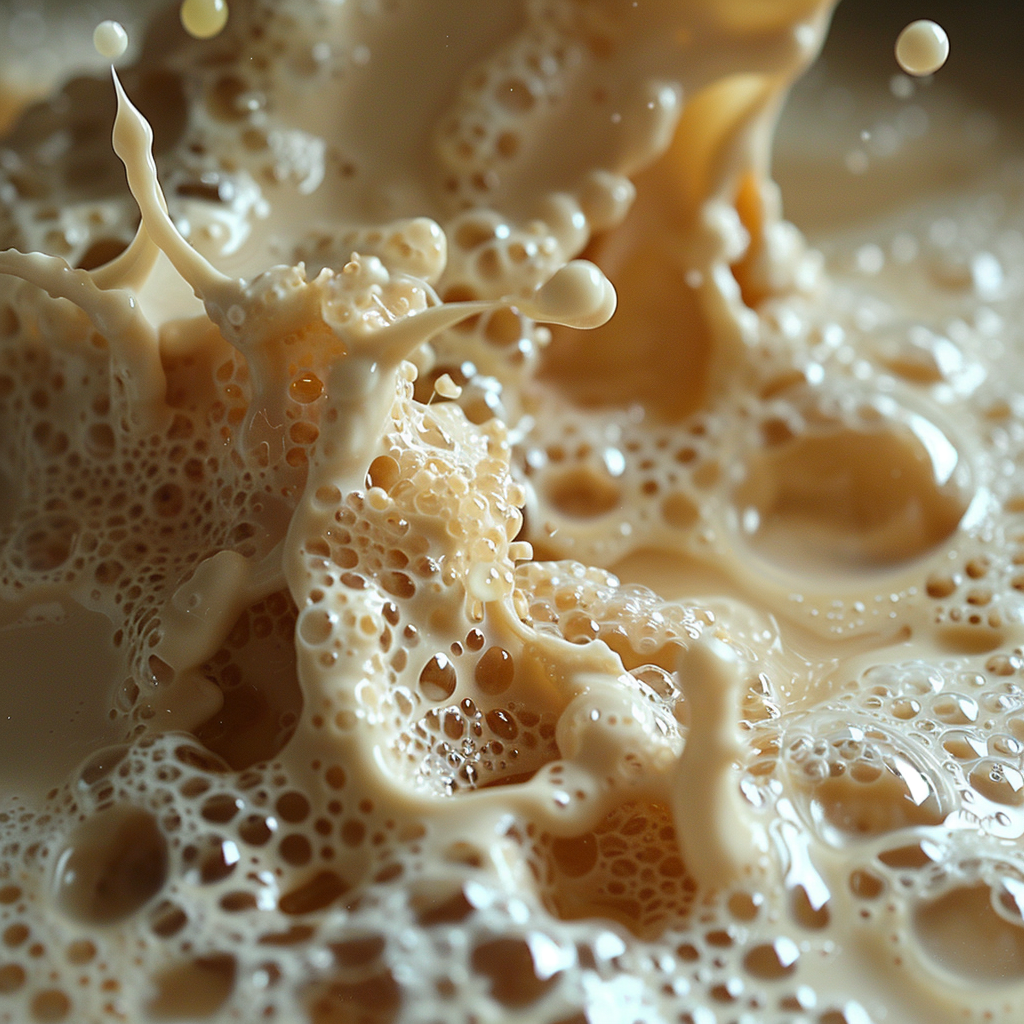
Yeast helps out by releasing enzymes. These enzymes make complex waste easier to break down into simpler parts. That way, the bacteria that’s already in the septic tank can deal with it better. Yeast also plays a part in fermentation. This process creates stuff other tiny bugs in the tank can eat. By doing all this, yeast keeps everything in balance, which is super important for your septic tank to work right.
Yeast vs. Other Septic Enhancers
On the market, you’ll find a variety of septic tank boosters like enzyme/bacteria mixtures or chemical cleaners, each with their own perks. The big difference with yeast is that it’s a natural, risk-free choice. Though chemical options might be aggressive, disrupting a septic system’s balance and causing future troubles, yeast fits right into the biological workings of the system without a hitch. It’s key to remember that yeast doesn’t have the same specialized abilities as some bacteria blends made to break down certain kinds of waste.
Because keeping a septic tank in good shape matters, many people still go for yeast as a green and safe bet. Even if it can’t tackle every waste problem like some custom-made products, throwing yeast in is a solid move for a healthy septic setup.
Improving Organic Decomposition
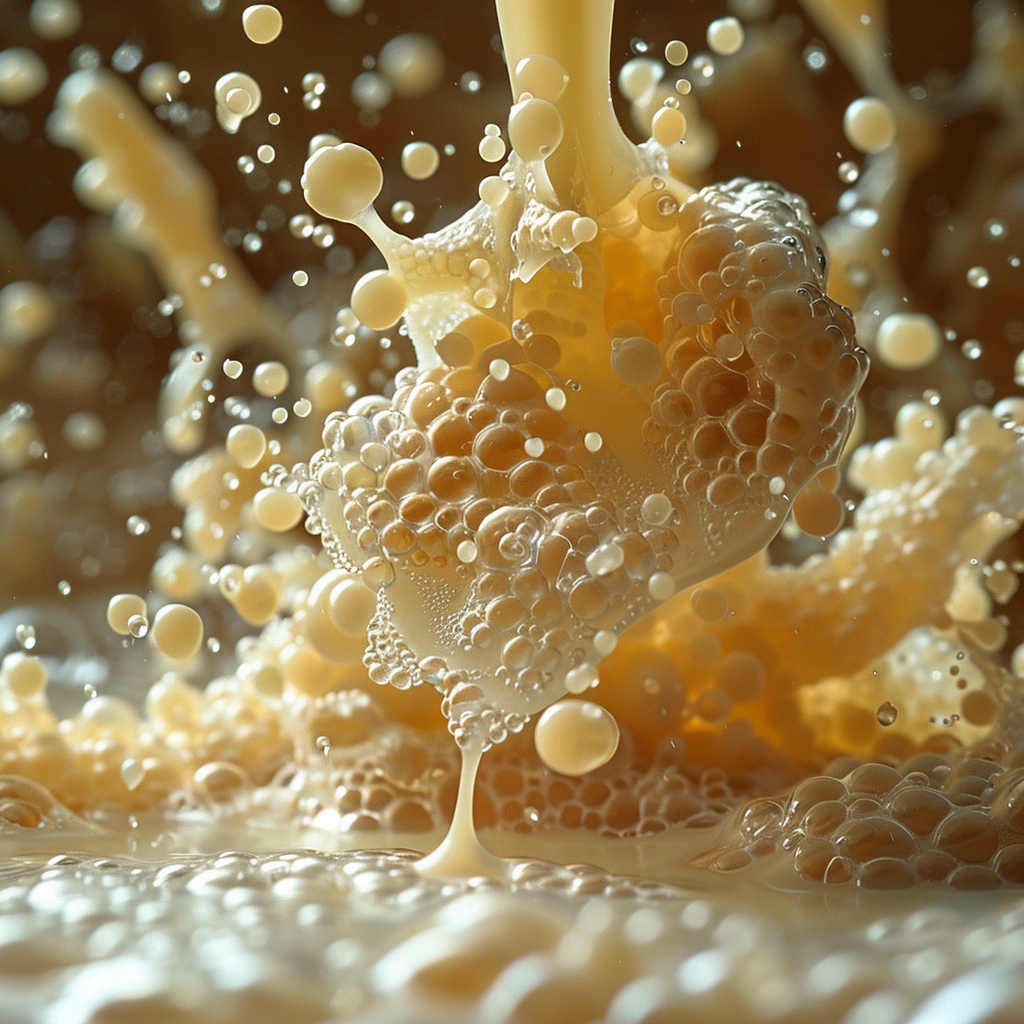
Yeasts are fungi that are very helpful for septic tank upkeep since they digest organic stuff. Tossing yeast into a septic tank boosts the breakdown of stuff that can rot away in there. Y this makes sure waste stays flowing smoothly, keeps drains working right, and stops nasty clogs that could be expensive to fix.
Effects on Septic Tank pH and Health
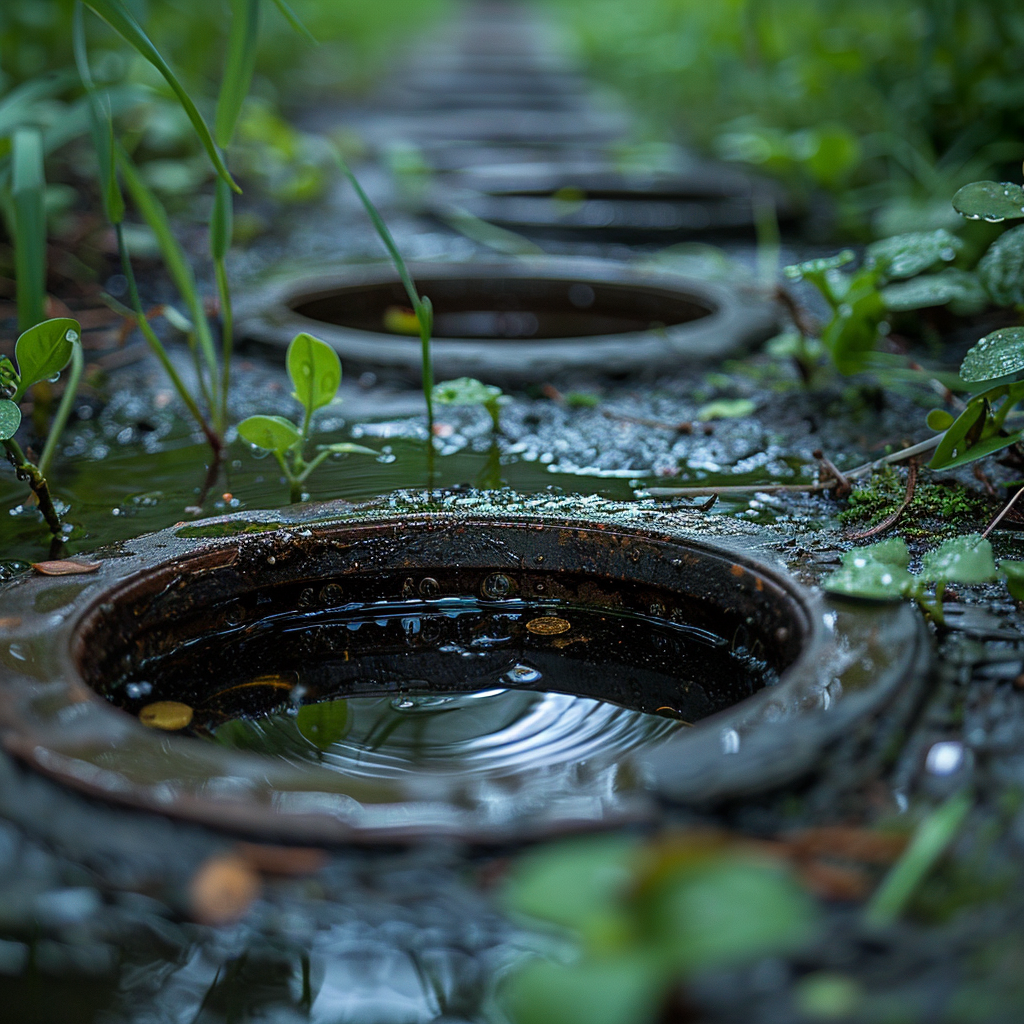
A septic system’s performance depends a lot on the pH balance inside it. Adding yeast can slightly change this balance. When used sparingly, yeast doesn’t harm the sensitive environment where bacteria break down waste. Remember though, yeast affects the tank, but keeping the septic system working well also means regular upkeep and not pouring bad chemicals into it.
How Yeast Affects Sludge Amount

Yeast can reduce the sludge that piles up in a septic tank. It speeds up the breakdown of the organic matter. But keep in mind, yeasts are not a perfect fix for stopping all sludge. You’ll still need to check and pump out your septic tank regularly to keep it working well.
A septic system needs to stay healthy, and yeast has a role in that. People sometimes add yeast to help break down the waste in a complex septic tank ecosystem. But don’t go overboard; too much yeast can upset the system’s balance and cause problems.
How to Add Yeast to Your Septic System
Add yeast to your septic tank only in small amounts. Some folks toss in a bit of baker or brewer’s yeast every month. The trick is to dissolve a couple of packets into water and flush it. It trickles into the system that way. Even if some advice says yeast is okay, you should talk to an expert before trying it yourself.
Keeping an Eye on Septic Tank Microbes
For solid waste to break down, your septic tank needs the right mix of microbes. It’s key to check your wastewater often to make sure bacteria and enzymes are at good levels. If the liquid in the tank looks clear and doesn’t reek, you’re on the right track. Pump out your tank every three to five years to stop too much sludge and keep microbes working right.
Fixing Yeast Problems in Septic Systems
If you mess up the balance, things can go wrong. Loads of yeast could make so much gas it blocks or backs up pipes. When you notice drains going slow or bad smells, it’s time for professional help. Don’t use strong chemicals; they can kill off the good bacteria with the bad yeast.
Truths and Myths About Yeast in Septic Tanks
Knowing how yeast works in septic systems is key to keeping them running right. Some folks think that tossing yeast into a septic tank helps break down waste better. But this doesn’t quite match what science says about how to care for septic systems.
Clearing Up The Confusion
A lot of people believe yeast can replace the need to pump your septic tank. It’s true; yeast does break down sugars and starches. But poop mostly isn’t made up of these. In fact, septic tanks already have bacteria that deal with the waste in them. So you don’t really need extra yeast for the job.
Plus, yeasts don’t do too well inside septic tanks – they prefer making bread rise or helping beer ferment. They like spaces that are neutral or just a bit acidic, but septic tanks are usually more on the acidic side and don’t suit yeast.
What the Research Says
Yeast fans say it makes septic tanks work better, but there’s not much hard evidence to back that up. Studies don’t show yeast doing anything special that natural bacteria don’t already do. Experts say nothing beats good old thorough maintenance and regular pumping – yeast or no yeast.
But if you add a little yeast, it’s not going to wreck anything. The bacteria that live in the tank are already doing their thing with waste. The key thing is to keep harsh chemicals out that could mess with these microbes and end up causing problems for your septic system.
In short, while using yeast seems like an easy fix for septic care, sticking to tried-and-tested methods like check-ups and clean-outs is the best bet for keeping things working well over time.
Managing Home Septic Systems with Yeast
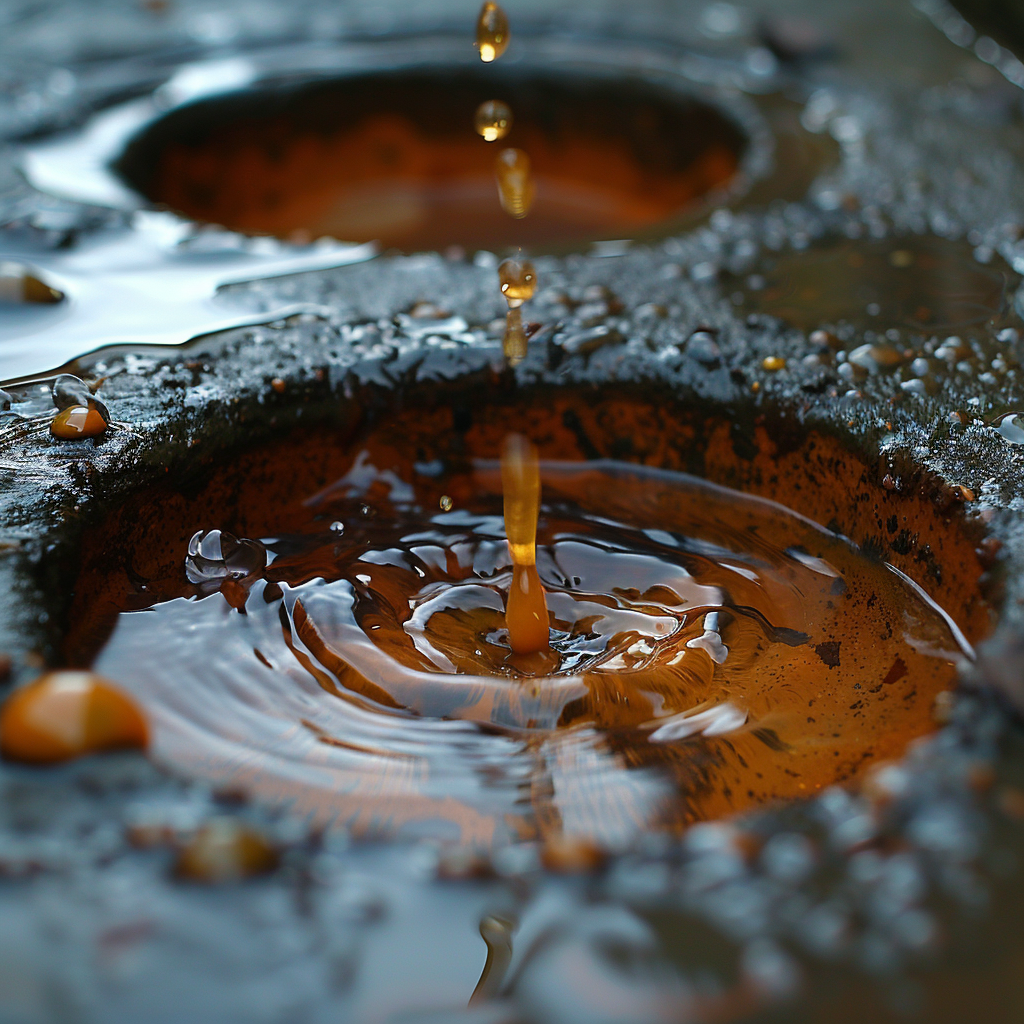
Maintaining a healthy balance of bacteria in your septic tank is vital. Good old baker’s yeast can be a big help with this. It jump-starts the growth of bacteria that breaks down waste well. By adding yeast to your septic system now and then, you make sure all the tiny critters down there are doing their job, keeping things running smoothly.
Examples and Practical Uses
Looking at specific examples, we see how yeast makes a difference in septic systems at home. Some families who started using yeast in their tanks found they had less stinky smells and didn’t need to pump out the waste as much. These examples show that using yeast is a simple and smart way to control waste breakdown.
Using Yeast in Big Waste Treatment Facilities
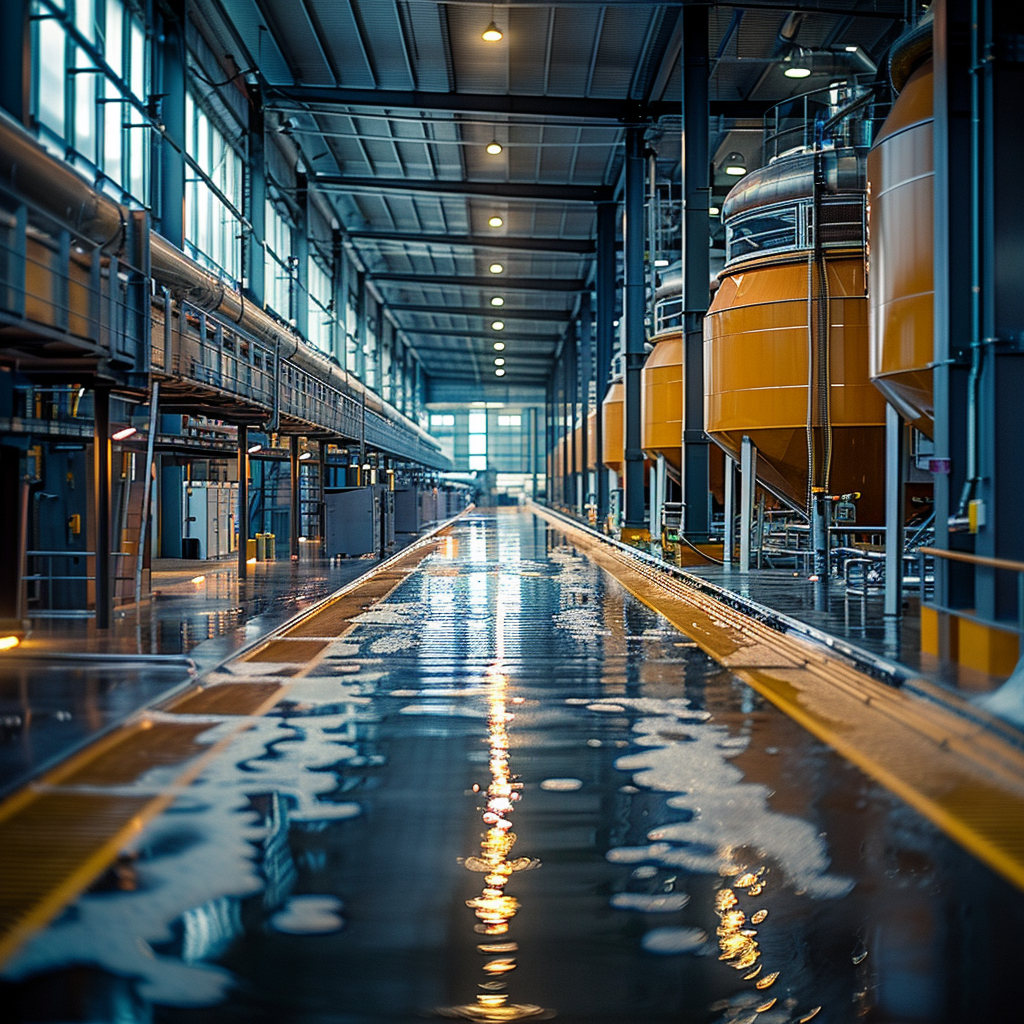
In big places like commercial and city waste treatment plants, yeast does more than help things decompose—it makes the whole wastewater process better. Businesses using yeast see their organic waste break down faster. This means they work more efficiently and follow environmental rules better. Some plants are even creating special feeding times for yeast and mixes made just for their needs.
Yeast at Work in Cities
Cities worldwide have seen how adding yeast changes the way they deal with waste. They use it for heavy-duty processing and for handling more waste when necessary. Yeast is great for tough waste which shows it’s flexible enough for the various problems sewage treatment plants might have.
Future Research and Technology Developments
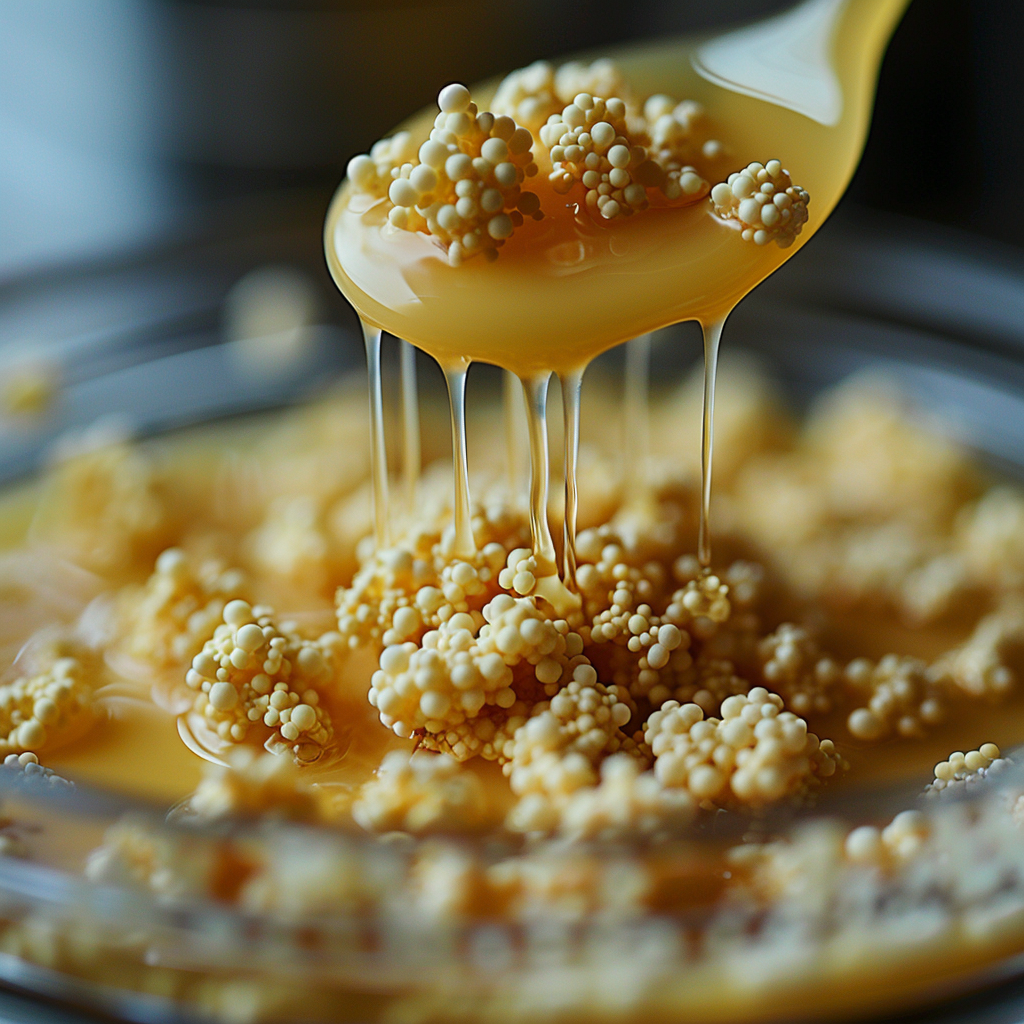
The world of biotech is eyeing advancements in yeast to make septic tank processing better. Experts are tweaking yeast genes so they’re tougher and better at breaking down waste. This progress means we might see stronger septic treatments soon, which could mean saying goodbye to pump outs now and then and simplifying upkeep.
Understanding the Environmental Impact and Laws
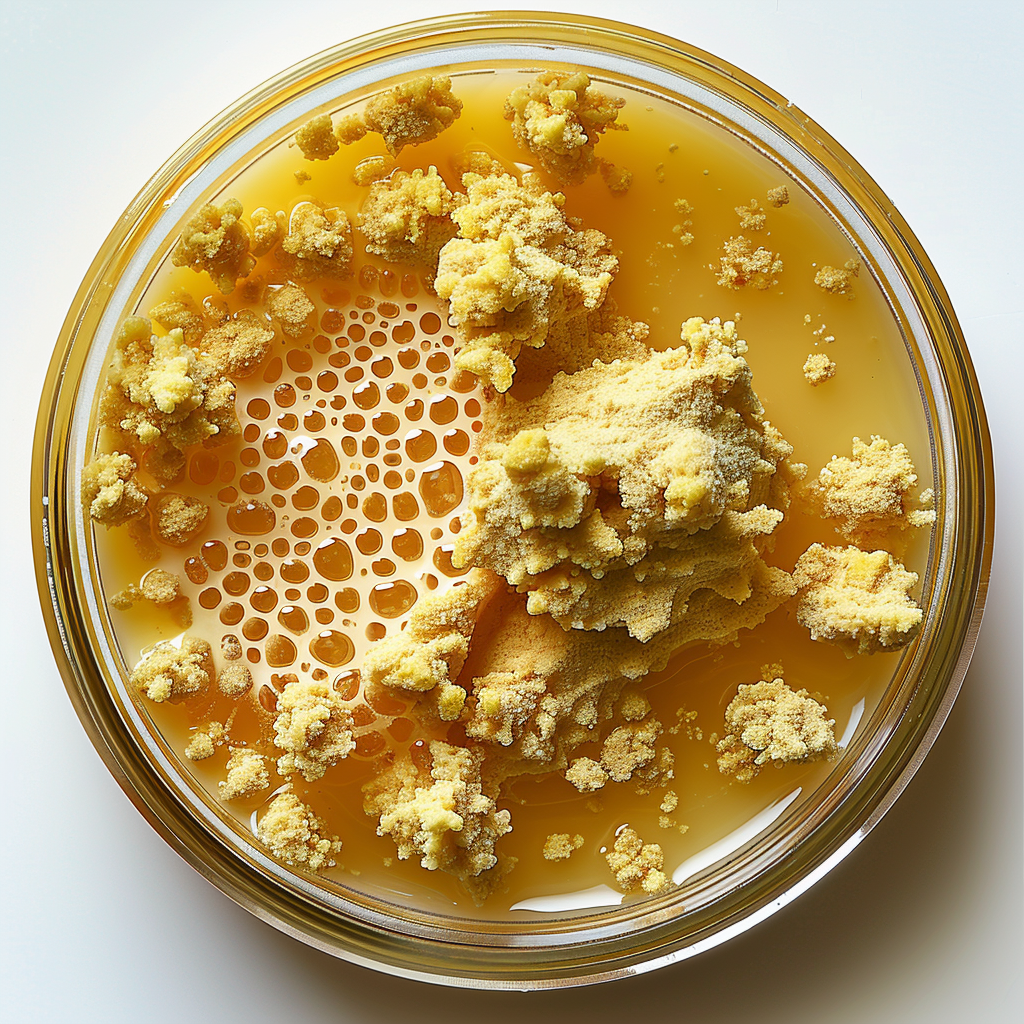
Introducing specialized yeast into nature can cause problems. It’s vital to study these potential effects to prevent them from harming local habitats or polluting our water. Laws might also be set up to make sure that when we use these modified yeasts, especially in septic systems, we do it safely without damaging the environment.
When it comes to taking care of septic tanks, the role of yeast isn’t always recognized as much as it should be. Bacteria are usually the big players here, breaking things down so everything runs smoothly. Adding yeast helps keep the balance among the microbes. But don’t just count on yeast; experts say it’s best to get professional opinions and have regular check-ups for your septic tank to keep everything working right.
Frequently Asked Questions (FAQ)
Can introducing baking yeast into septic tanks impact the performance of the system?
Yes, adding baking yeast to septic tanks can aid in maintaining bacteria balance which enhances waste decomposition.
How does yeast affect the breakdown of fats and proteins in septic systems?
Yeast contributes enzymes that help decompose fats and proteins, improving the septic system’s functioning.
Is regular maintenance with yeast necessary for a septic tank's operating condition?
Regular maintenance using yeast can keep the septic tank in good working order by supporting waste breakdown.
What role does yeast serve as a septic tank treatment compared to commercial additives?
Yeast is a natural additive that promotes bacterial growth, whereas commercial treatments may contain chemicals designed for the same purpose.
Might the use of yeast in a septic tank reduce the need for frequent tank cleaning?
Yes, utilizing yeast can lower the frequency of required tank cleaning by aiding the biological breakdown of waste.
In what way does the CO2 produced by yeast affect the microorganisms in septic tanks?
Carbon dioxide gas from yeast metabolism can support eukaryotes and bacteria which are vital for waste decomposition.
Why is it important to control yeast addition in a septic system to prevent failure?
Properly regulating yeast use is crucial; excessive amounts can disrupt the septic system’s balance and risk malfunctions.
Does incorporating yeast into septic tank systems mitigate the odor associated with waste?
Yes, yeast can aid in reducing waste odors by facilitating the breakdown of odor-causing compounds.
Should property owners consider yeast a viable element for septic system health and maintenance?
Property owners often regard yeast as an effective component for maintaining their septic system’s health due to its natural degrading action.
As a portion of household waste disposal practices, how often should one introduce yeast into the septic tank?
For optimal results, introducing baking yeast to the tank every few months is a commonly recommended practice.

I’m Tim Robberts, a seasoned wastewater treatment & septic system expert with over 40 years of experience in the field. My career began as a septic tank installer, and I quickly gained a reputation for my attention to detail and commitment to excellence. Over the years, I’ve honed my skills in designing, installing, and maintaining septic systems for residential and commercial properties.